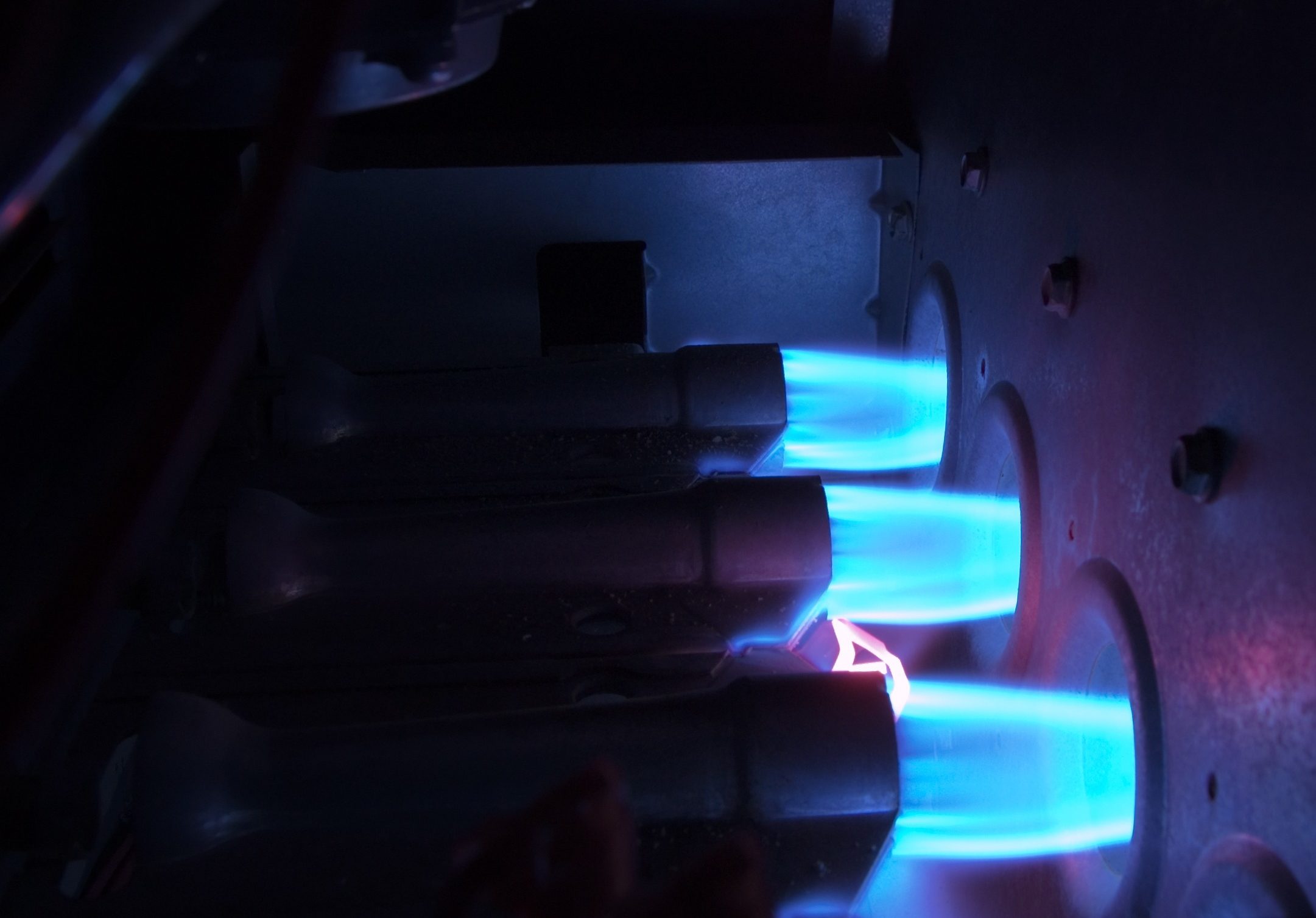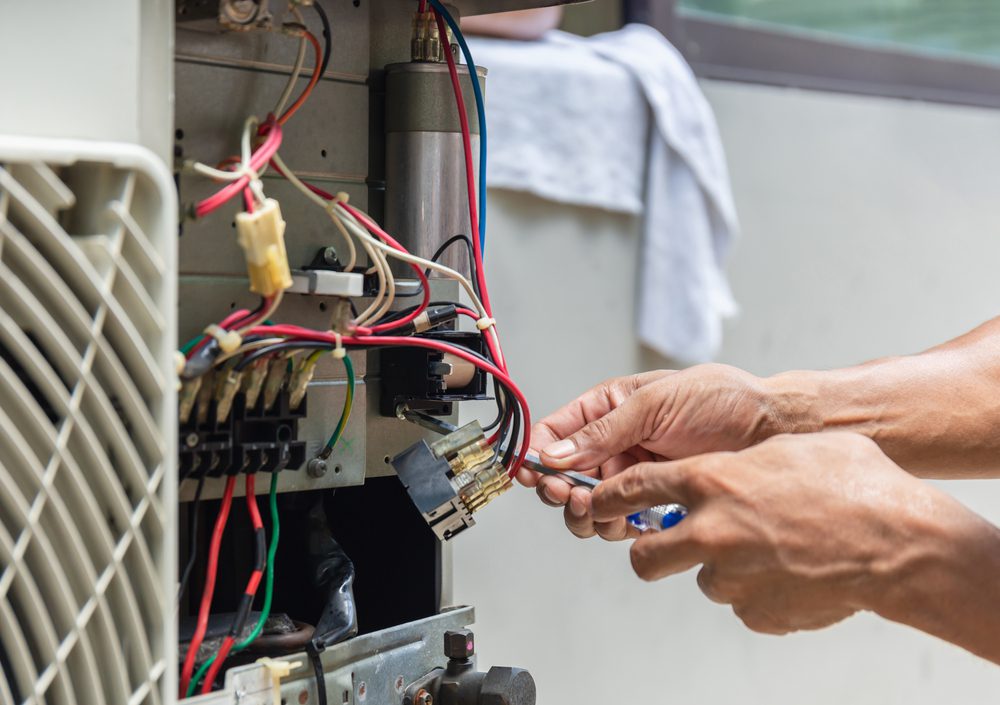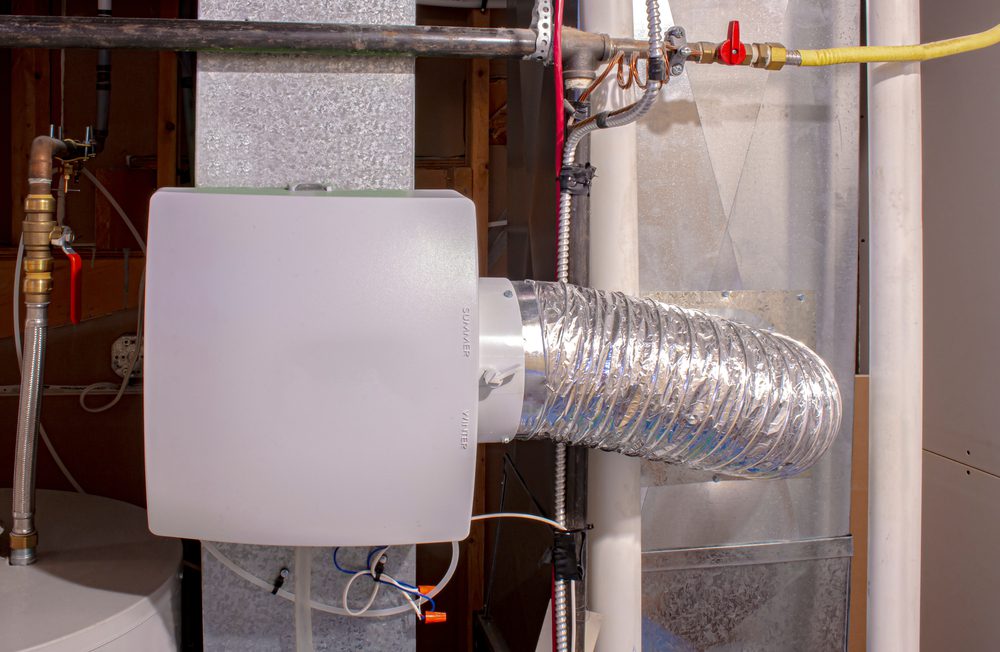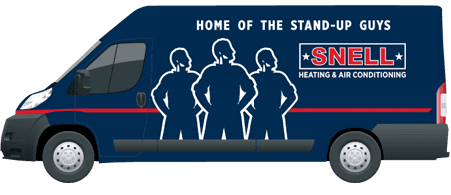
Is your furnace leaking water? Though this may sound strange, a furnace leaking water is a definite problem that can occur. If you check your furnace to see water pooling around your system, you may need to seek HVAC attention right away. To help you better understand your furnace system and know when you call your local technician, let’s discuss the different furnace leaks that can occur.
Why Is My Furnace Leaking Water
Condensation Leaks
Do you have a high-efficiency furnace? This is typically an Annual Fuel Utilization Efficiency (AFUE) rating of 90% or higher. If you have a high-efficiency furnace, it’s likely that your furnace system will generate condensation.
A condensation leak can be the cause of two things: damage/clogged tubing or a floor drain clog. If the tubing that aids the draining is damaged or clogged, this is where a leak occurs. If not the tubing, then perhaps the floor drain itself is clogged.
Keep in mind, condensation should only occur with a high-efficiency furnace, not a standard-efficiency furnace. To determine if you have a standard-efficiency furnace, take a look at the exhaust pipe. A standard furnace has a metal exhaust pipe, and should, therefore, not condensate.
If you have a standard-efficiency furnace and there’s still condensation, you’ll need to contact a certified technician right away.
 Malfunctioning Secondary Heat Exchanger
Malfunctioning Secondary Heat Exchanger
If condensation is not the cause of your furnace leak, the secondary heat exchanger can be another culprit. If this is the issue, this will be a costly repair and may require a furnace replacement altogether. How do you decipher between your primary heat exchanger and secondary heat exchanger? Here are the differences between the two:
Tips & Insights: Follow These Steps to Replace a Broken Water Heater Anode Rod
Primary Heat Exchanger
This component will have the hottest flue gas located near the burners within the furnace. With this in mind, the heat and flame elements are bound to experience the most stress, resulting in cracking over a period of time. Please keep in mind that furnaces with a 70-80% efficiency have only one heat exchanger.
Secondary Heat Exchanger
A furnace with a high-efficiency of 90% or higher will have both a primary and secondary heat exchanger.
Traditionally, as the combustion exhaust exits the primary heat exchanger, it will move into a secondary heat exchanger; this is where more heat is released from the flue gas, and in turn, water vapors forms.
Because of this transition state from water to liquid, this process releases latent heat in the secondary heat exchanger, making this furnace a higher level of efficiency. Secondary heat exchangers are typically fabricated from steel or coated steel material that has the ability to endure excess heat, acid, and moisture.
 Broken Humidifier
Broken Humidifier
If none of these components is the problem, then leaking may be coming from inside your furnace—specifically the humidifier. Usually, if you get routine maintenance, a professional technician will be able to detect a leaking humidifier before it becomes a headache.
A leaking humidifier can do extensive damage to the inside of your unit and cause further problems such as damages to your walls or floors, and even mold growth. The best solution to fixing a leaking humidifier is to contact your HVAC professional to help determine and resolve the issue!
Gas & Electric Furnace Repair Services
Whether you’re in need of gas or electric furnace repair, our team has you covered! Our staff of expert HVAC technicians is knowledgeable in both gas and electric furnace repair and maintenance, meaning you can trust us with your emergency home heating needs. We also offer other HVAC services such as air conditioning installation, indoor air quality services and air conditioning repair. Call Snell Heating & Air Conditioning and stay warm this winter!
Tips & Insights: Why is My Water Pressure Low? Problems & Troubleshooting Methods

